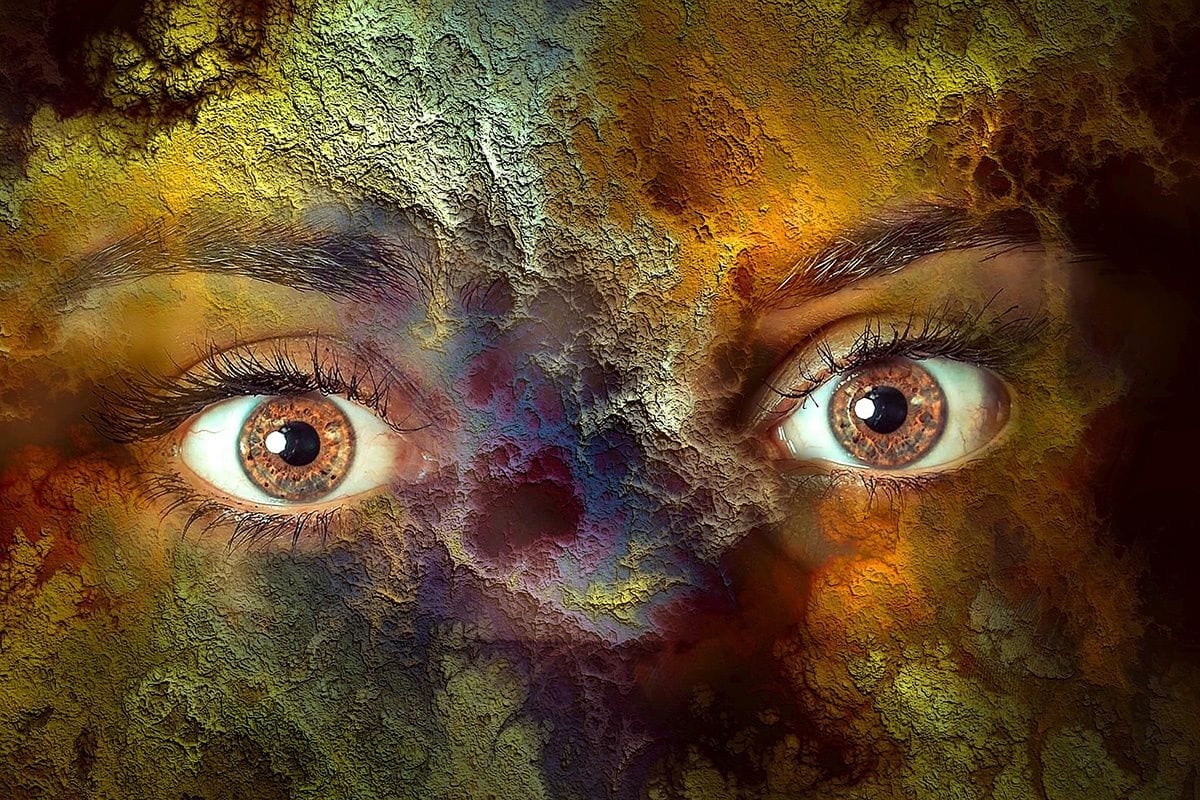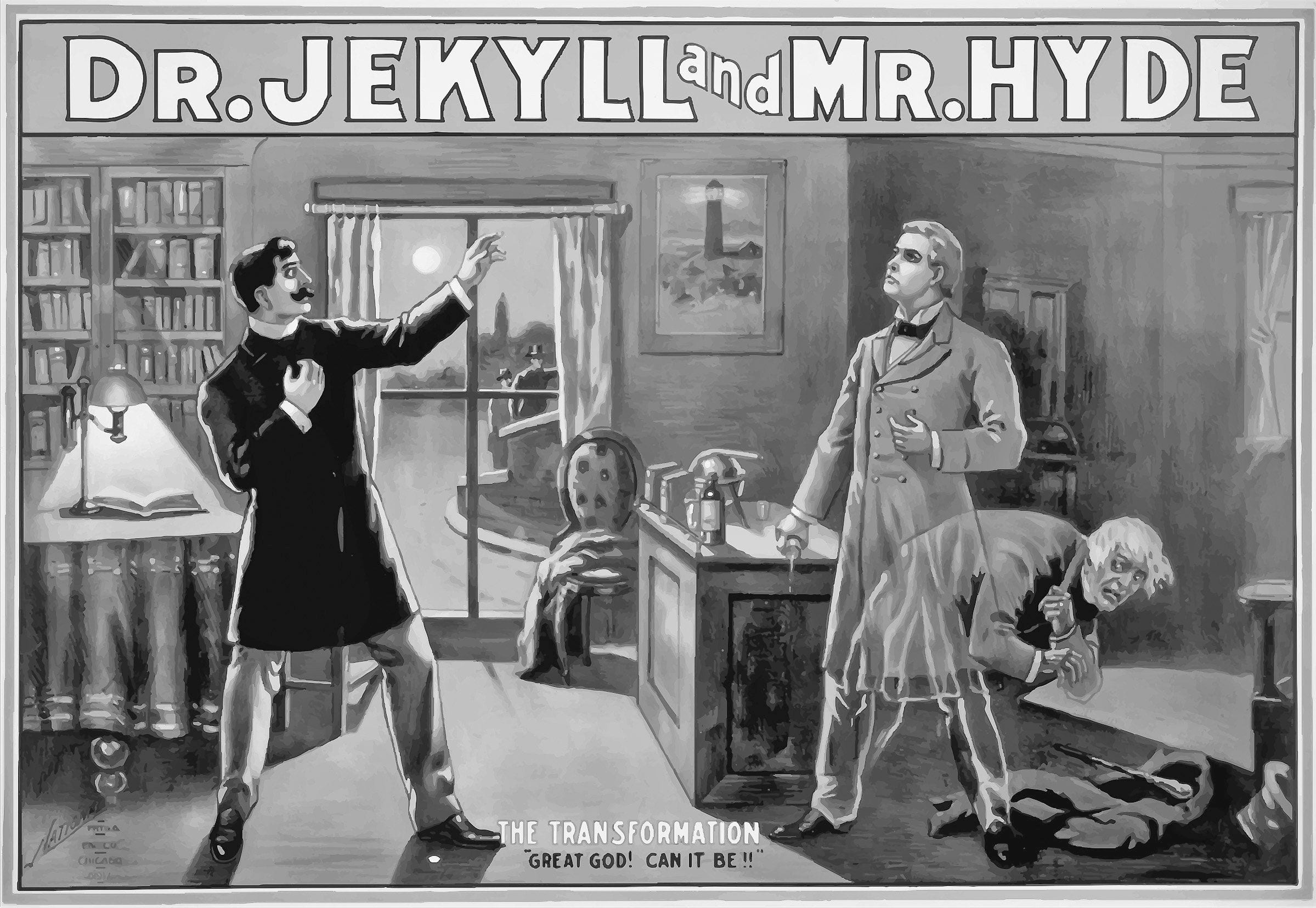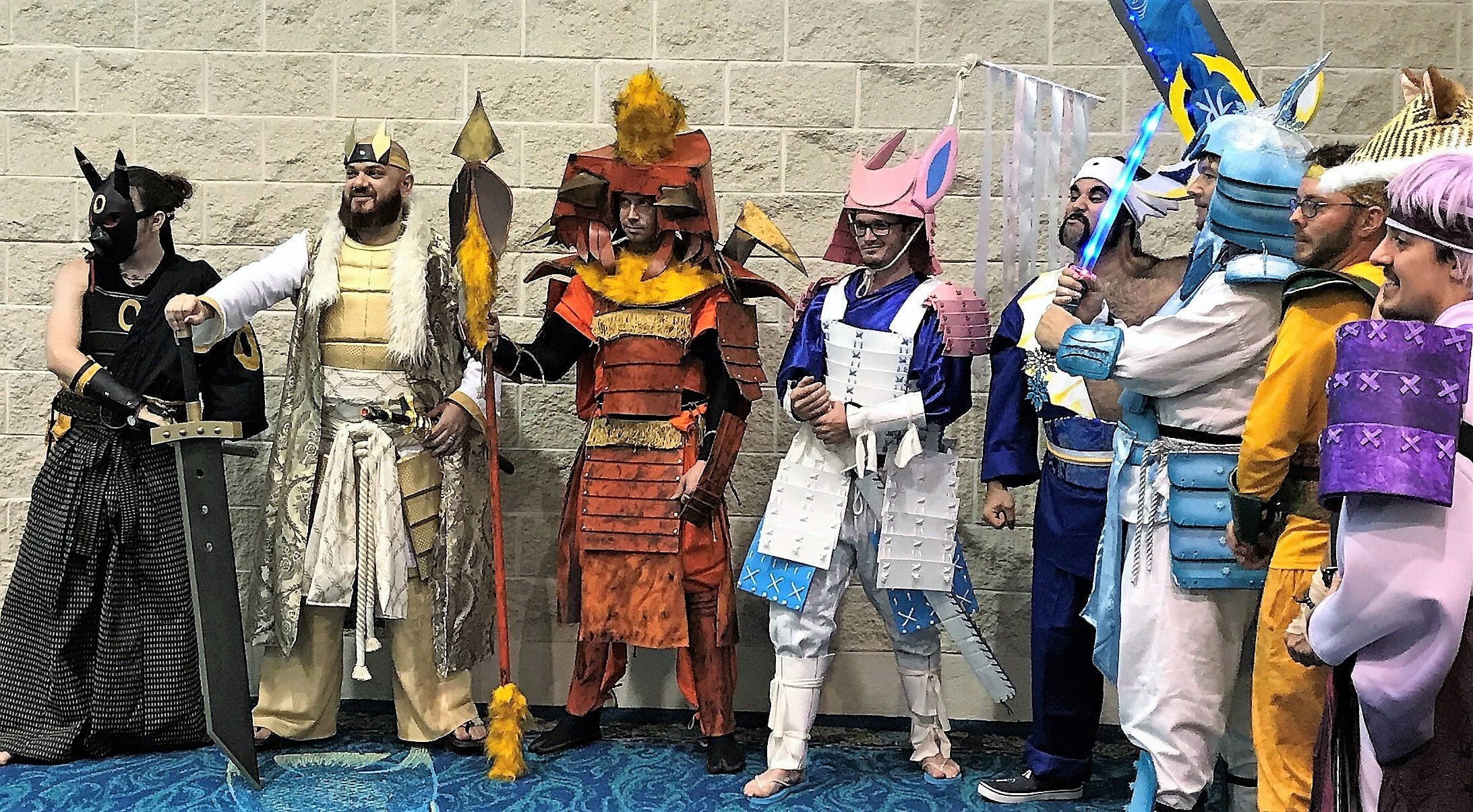
The cover of Shapeshifters: A History, by John Kachuba, features an 18th-century woodcut of a werewolf attacking a woman, her dangling cross and broken spear ineffectual against the creature’s teeth and imposing, bipedal height. Then, even before the introduction, the book features an 1880 lithograph of Dr. Jekyll’s famous transformation into Mr. Hyde.
In addition to werewolves, the inside cover brings up “vampires, demons, and other weird creatures that appeal to our dark side”, and the opening page reminds readers that “since ancient times, people from cultures all around the world have speculated on the possibilities of human beings transforming themselves into animals, or mythological creatures, and then returning to their human natures.” Transformation, then, is understood as frightening, as monstrous.
Yet, when you reach the end of
Shapeshifters, it seems clear that, in addition to being a history, with most of its chapters focused on stories from antiquity through early modernity, Shapeshifters is very much a book of, and for, the 21st century as well. The greatest shapeshifters have always been human.
From diets and bodybuilding, to religious conversion and spiritual cleansing, to rising in social class, to online avatars, to gender reassignment, we seem to believe more strongly in the benefits of shapeshifting, literally and symbolically, than ever.
For a study that barely reaches 200 pages, including references and index,
Shapeshifters is comprehensive in examples and broadly multicultural. Along with its requisite werewolves, vampires, and fairy folk from around the world, Kachuba describes Neolithic cave paintings in Turkey featuring the “hunting magic” of humans harnessing predators’ powers; Ovid’s Metamorphoses and Greek mythology’s Zeus, who famously transformed himself “to seduce—or, more accurately, rape—female mortals and lesser divinities”; the Japanese henge, featuring the tanuki, a raccoon-dog, and kitsune, a fox; the Norse pantheon, from Odin, its king, To Loki, the trickster; and, more radically, Jesus Christ, whose “life may be seen as a series of transformations, from incorporeal god to man who was also god incarnate, to resurrected spirit, and to incorporeal god once again.”
Dots image by geralt (Pixabay License / Pixabay)
In its sheer reading and encyclopedic pleasures, Shapeshifters reminds me of The Impossible People: A History Natural and Unnatural of Beings Terrible and Wonderful (2008) by Georgess McHargue, a book I was lucky enough to come across as a young reader. As that book’s subtitle reveals, stories of shapeshifters frequently embody our fears, in McHargue’s words, of Beings Terrible. Shapeshifters are traditionally associated with, as Kachuba describes, untrustworthiness, or represent punishment. Consider, in an unlikely example of shapeshifting, Lot’s wife, turned to a pillar of salt. Kachuba quotes writer Tony Crisp, who says that “in Western society … most people only meet the negative aspect [of shapeshifting] in their life.”
Indeed, in a passage that other, longer books have treated as their entire subject, Kachuba alludes to the “hundreds if women, and some men” who were accused of witchcraft and “hauled before the Inquisition or civil authorities…. Testimony against the accused frequently mentioned witches’ ability to shapeshift … Throughout that time, and even up to the eighteenth century, similar purges of purported werewolves and vampires also relied on people who testified that they had witnessed the accused individuals shapeshifting into their supernatural forms.” Folktale shapeshifters were often violent, sometimes preying on human flesh, like the Hindu rakshasa; like Lot’s wife, human shapeshifting could be a divine punishment; like witches, human punishment could be imposed for suspicion of supernatural shapeshifting. All in all, shapeshifting seemed, on balance, dangerous for everyone.
Shapeshifters also reminds us that, especially today, we may be more attuned to shapeshifting’s embodiments of wish fulfilment, not just fears. For Sigmund Freud, of course, wishes and fears exist as flip sides of the same coin, although sadly Kachuba does not invoke Freud at any point, and only briefly mentions Carl Jung, whose writings on archetypes and myths could have further developed the similarities of images and stories from around the world. Some cases of wish fulfillment are clear: the Norse berserkergang, who fought with the ferocity of the bears and wolves whose pelts adorned them (although instilling fear in their adversaries was always part of the equation), or the contemporary Bushmen healer of the Kalahari, who claims that he “derives his healing powers from shapeshifting into a lion.”
Briefly in his introduction, Kachuba writes that “the shapeshifter represents the struggle to find one’s identity, to find where one fits in society”. In another passage that goes by quickly, Kachuba considers the mind/body problem (although, like Freud, Descartes is elided) and the “question of how much we can control the dual nature of our selves—in effect, how much we can shapeshift, transform into another, better self,” as opposed to the Victorian era’s Jekyll and Hyde duality. From diets and bodybuilding, to religious conversion and spiritual cleansing, to rising in social class, to online avatars, to gender reassignment, we seem to believe more strongly in the benefits of shapeshifting, literally and symbolically, than ever.
Library of Congress, Prints and Photographs Division, Washington, DC (courtesy of University of Chicago Press)
Indeed, the idea of transformation, and nearly every other word with the prefix trans-, lies at the heart of shapeshifting’s appeal to a contemporary audience. Throughout the book, Kachuba is quick to remind us that a particular iteration of shapeshifting is “not new”, and he is, of course, correct. But as he also implies that each of us, without using witchcraft or magic, without being or worshipping a god, can shapeshift, whether we realize it or not. Our current version of shapeshifting is not a fear that is also a wish, like turning into an animal, but a wish that is also a fear: if we don’t necessarily have a single, stable, or essential identity, we’re capable of becoming anything. But then, who are we?
And so the last two chapters are the most interesting, although they rely on the historical heavy lifting of the previous ones. “Fluid Shapeshifters: Sex, Gender and Identity”, while light on discussion of actual trans identities, draws an interesting line from the genderfluid players of kabuki to the gender transformations of masked Noh theater to today’s Supercon cosplayers. “Shapeshifters in Popular Culture” features many of our current favorite film and TV transformers, from Harry Potter to Star Trek to X-Men to True Blood to, well, Transformers. If only the witches put on trial could see the world today, they might have known the possibility of shapeshifting as something to embrace, not punish or fear. Better still, if only the judges who put those “shapeshifting” witches on trial could see how harshly history must judge them now.
Similarly, it’s always a mistake for critics to judge the book they wish authors had written rather than the one they wrote. But in evaluating this book, I found myself consistently drawn to its more audacious moments, including the short, concluding “Final Transformation” chapter, which quotes JK Rowling, another shapeshifter, who rose from poverty to vast wealth, wielding only magic words and a gender-neutral pen name. “We do not need magic to change the world, we carry all the power we need inside ourselves already: we have the power to imagine better.”
A book with this idea as its thesis, rather than its coda, would not, of course, have been called Shapeshifters: A History. So for his next book, perhaps Kachuba might consider Shapeshifters: A Manifesto. And, rather than a featuring a werewolf, a signifier of male misogyny, violence, and rage on its cover, he might consider something else: a mirror.
Cosplayers at Florida Supercon ©John Kachuba (courtesy of University of Chicago Press)





![Call for Papers: All Things Reconsidered [MUSIC] May-August 2024](https://www.popmatters.com/wp-content/uploads/2024/04/all-things-reconsidered-call-music-may-2024-720x380.jpg)



